Introduction: A Moment of Reckoning
Canada stands at a crossroads. For too long, our prosperity has been tied almost entirely to decisions made in Washington. Tariffs on steel and aluminum, Buy American policies, and an increasingly protectionist U.S. trade agenda remind us that dependency on a single partner is risky — even dangerous.
The solution is not isolation, but resilience: diversifying our trade abroad and building strong infrastructure at home to strengthen our economy from within.
The Trade War and Canada’s Dependency on the U.S.
Canada’s economy is deeply intertwined with that of the United States. But history shows how fragile this relationship can be:
- In 2018 and again in 2025, the U.S. imposed sweeping tariffs on Canadian steel and aluminum (PwC).
- Canada exports over 90% of its steel and aluminum to the U.S., worth about $14 billion annually (RBC Capital Markets).
- Hamilton’s steel industry alone supports 42,000 direct and indirect jobs, which are at risk every time trade disputes flare (The Guardian).
- A U.S. appeals court recently ruled that most Trump-era tariffs were illegal, though they remain in effect pending Supreme Court action (Reuters).
Every one of these episodes proves the same truth: Canada cannot rely solely on the U.S. to secure its future.
Diversifying Trade Beyond the U.S.
Canada must look outward and strengthen trade relationships with Europe, Asia, Africa, and the Pacific.
- Europe: CETA already provides a framework.
- Asia: China, Japan, and South Korea are major growth markets.
- Africa: A young and rapidly expanding population presents future demand.
- Pacific & Australia: Natural allies in resources, technology, and education.
Diversification is not only about economics — it is about sovereignty. It ensures Canada cannot be cornered by the policies of a single nation.
Infrastructure as Economic Sovereignty
Diversification abroad must be matched by investment at home. Trade agreements mean little if Canada lacks the capacity to move goods, people, and services efficiently.
- Transit: Congestion already costs Toronto’s economy about $11 billion annually (CTV). Left unchecked, those losses could reach $85 billion a year by 2044 (Toronto Region Board of Trade).
- Housing: Affordable, transit-linked housing keeps workers rooted instead of priced out.
- Roads and Highways: Smarter freight corridors reduce bottlenecks and connect Ontario internally.
Infrastructure is the backbone of economic independence.
Immigration and Canada’s Untapped Workforce
Canada welcomes over 400,000 new immigrants every year, many highly skilled. Yet too often, their abilities are underutilized.
Nation-building projects — subways, tunnels, and housing hubs — create opportunities to harness this untapped talent. Instead of being sidelined, immigrants can be at the forefront of building Canada’s independence.
Ontario Transit Vision: A Blueprint for Independence
This is where Ontario Transit Vision comes in. It is not just a transit plan — it is a blueprint for Canadian resilience.
- Deep subway tunnels: Relief and express lines under Toronto’s existing network.
- Regional subway grid: Linking Hamilton, Barrie, Kitchener-Waterloo, Cambridge, Durham, and Niagara.
- Housing hubs: Affordable, transit-linked communities.
- Jobs and growth: Every dollar invested in transit produces multiple dollars in productivity and economic output.
Ontario Transit Vision is more than transit — it is an economic shield.
Why Investors Follow Infrastructure
Global investors look for stability. When Ontario builds deeper transit, sustainable housing, and reliable highways:
- Capital flows in, not out.
- Companies choose Ontario over competing U.S. states.
- Workers and families stay, thrive, and contribute.
Infrastructure is not just about moving people — it is about attracting investment and anchoring opportunity here in Canada.
A Call for Canadian Self-Reliance
Canada must not remain at the mercy of U.S. tariffs and trade wars. The path forward is clear:
- Diversify trade with Europe, Asia, Africa, and the Pacific.
- Invest in infrastructure that unites provinces and strengthens communities.
- Empower immigrants to lead in building Canada’s future.
When the United States raises tariffs, our economy wobbles.
When Ontario builds subways, housing, and highways, our economy grows.
The choice is stark but simple: dependence or independence.
Canada must choose the latter.
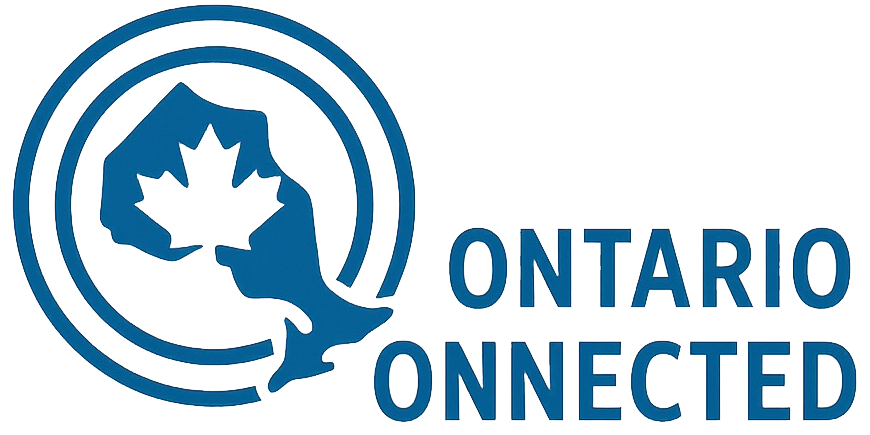
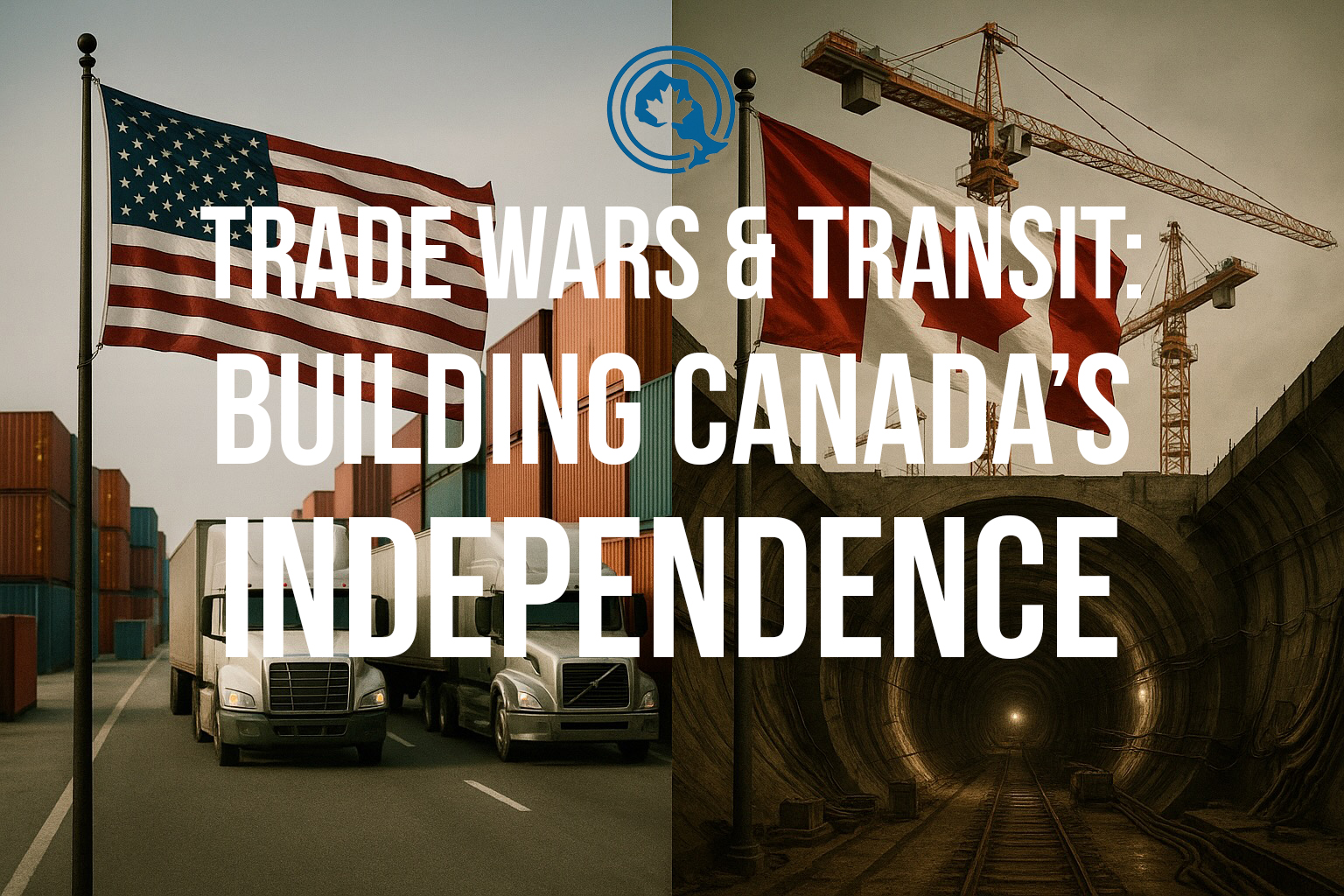
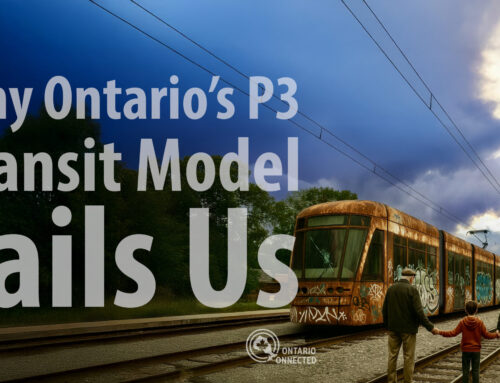
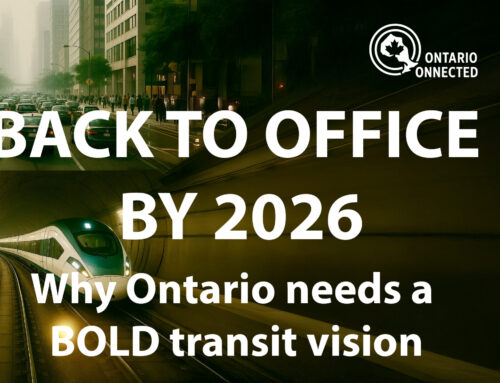
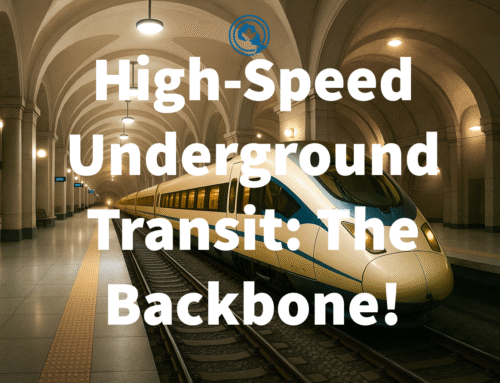
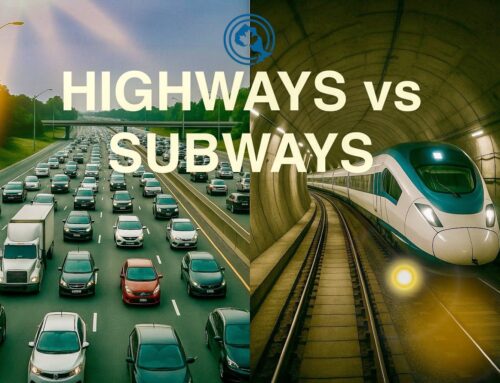

Leave A Comment
You must be logged in to post a comment.